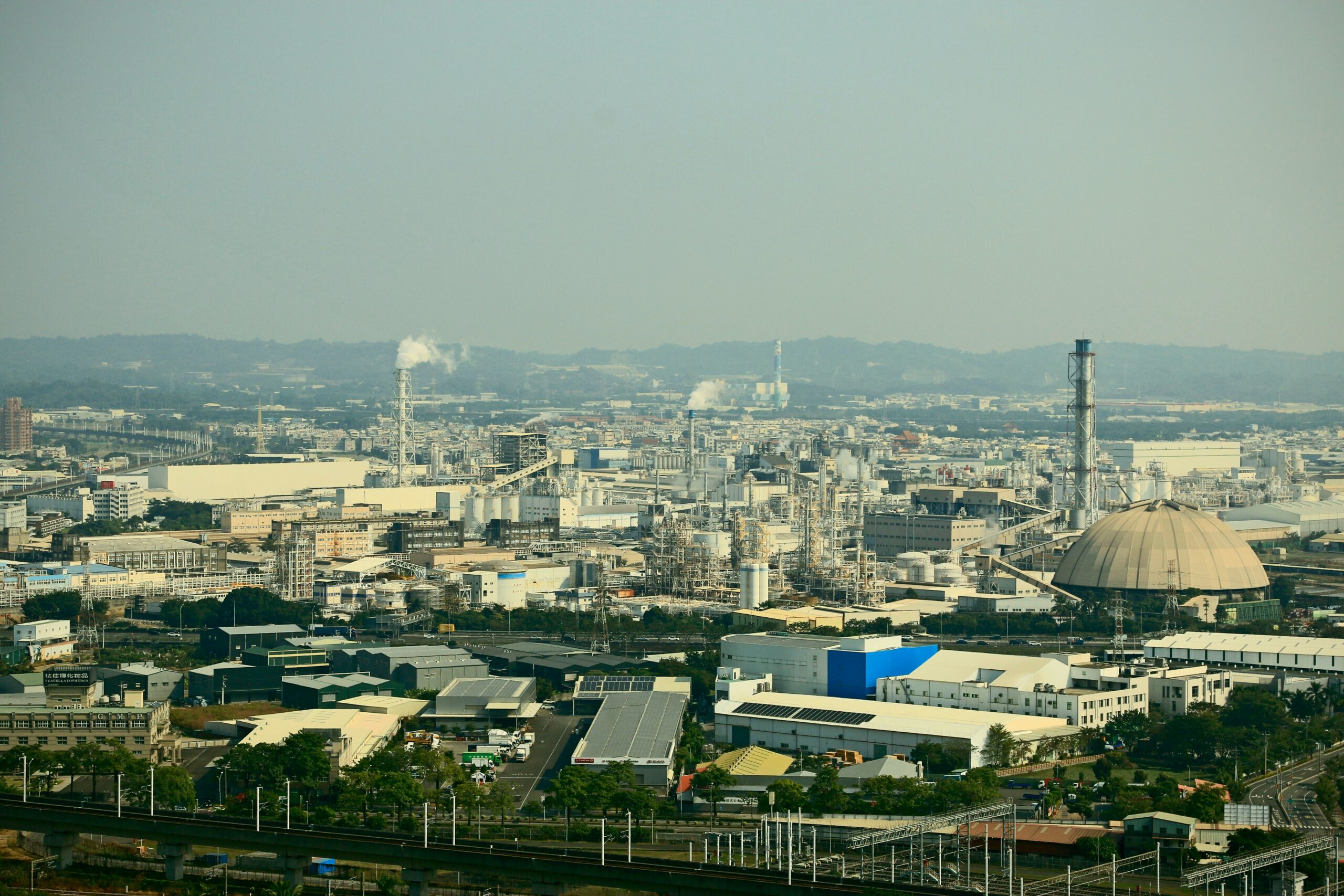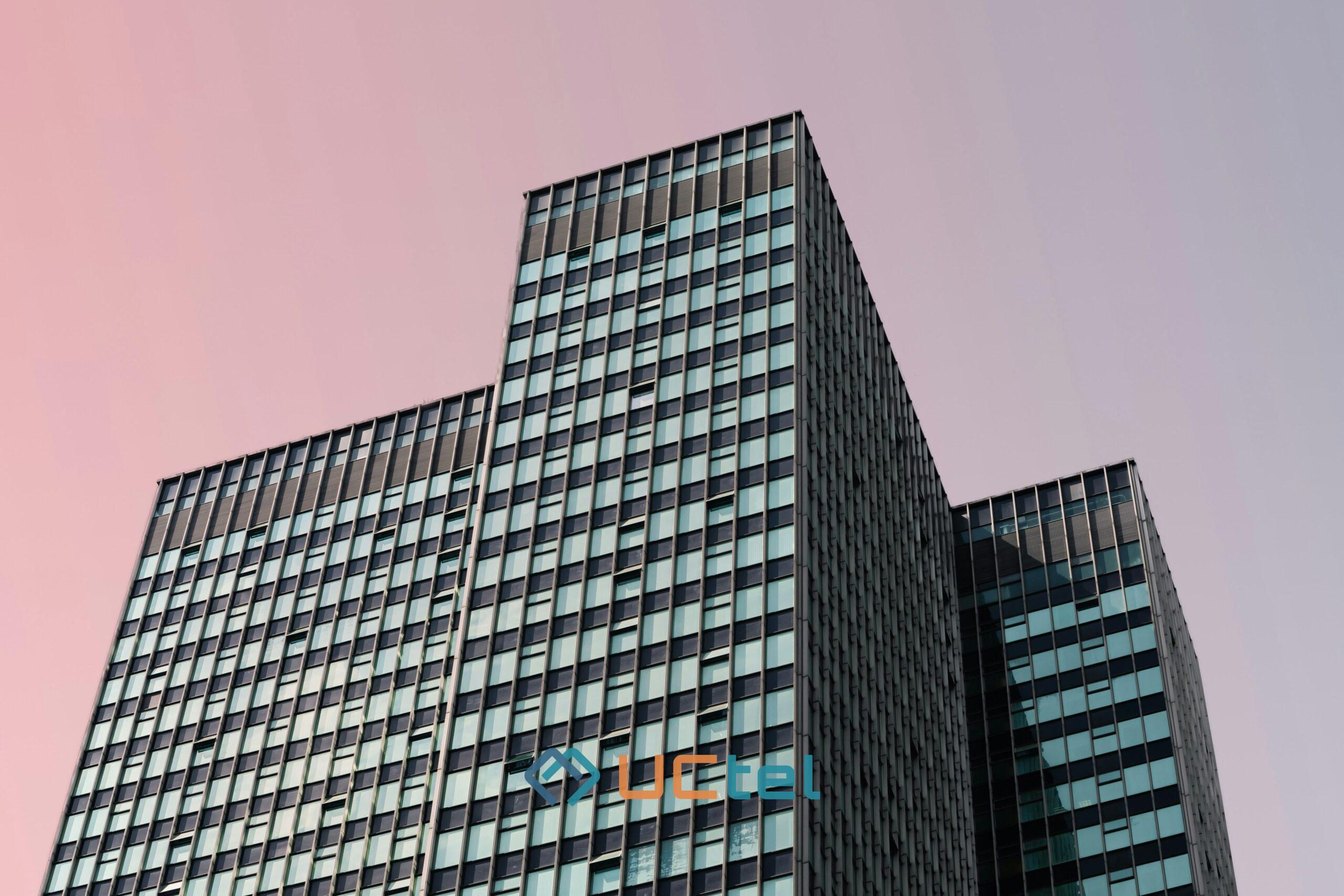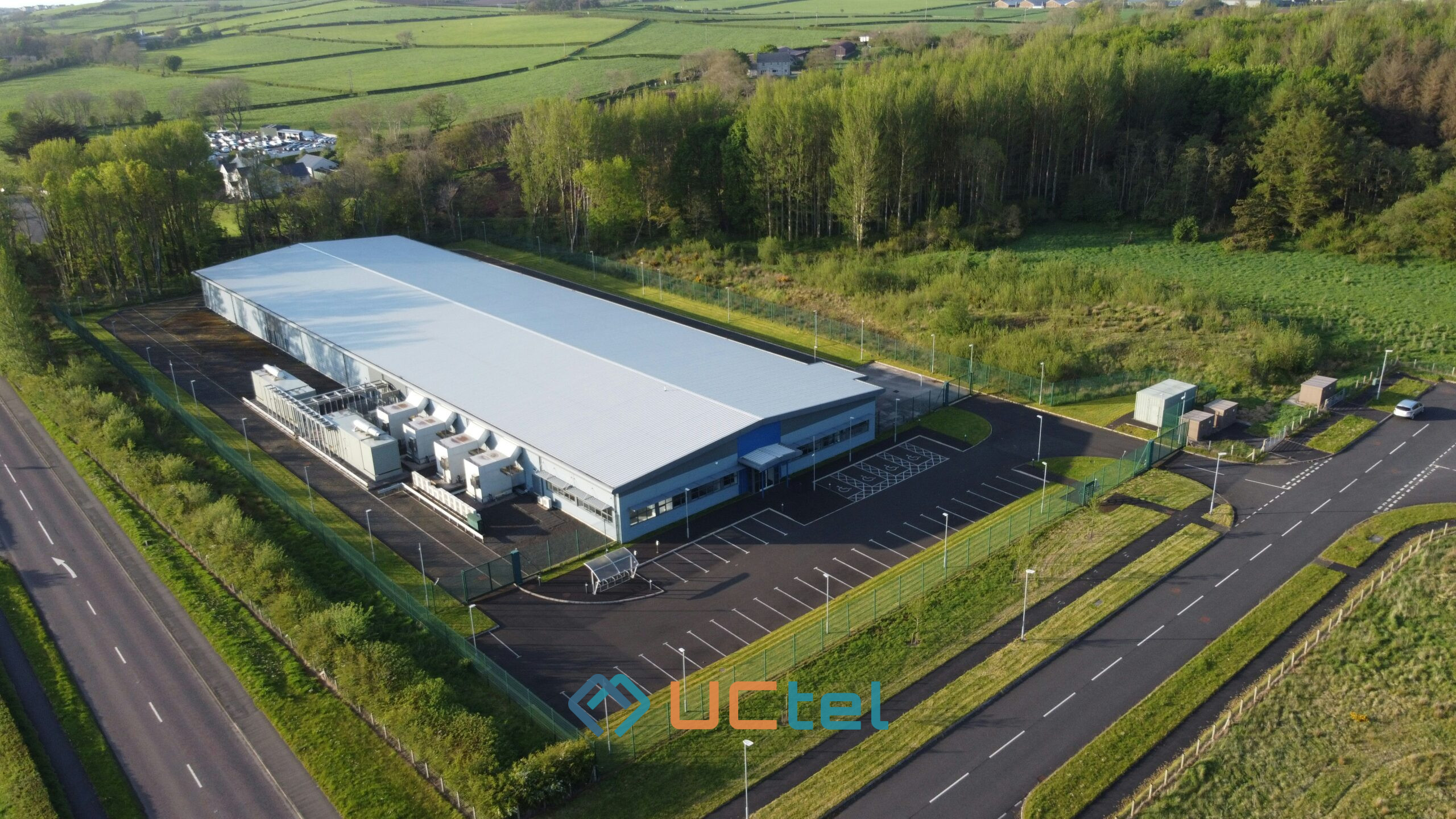How to monitor signal booster health in industrial premises?

Table of contents
- 1. Follow-Up Questions
- 2. Architecture & Tools for Monitoring
- 3. Alerting, Thresholds & Escalation Workflows
- 4. Integrating with SCADA, BMS & IoT Platforms
- 5. Predictive & Anomaly Detection Techniques
- 6. Deployment Challenges & Best Practices
- 7. Conclusion & Checklist for Implementation
- 8. Next Step: Get Industrial Monitoring Right from Day One
- 9. Frequently Asked Questions
Updated September 2025
Monitoring the health of signal boosters in industrial environments is essential to ensure consistent coverage, early fault detection, and operational continuity. From tracking RF and environmental KPIs to integrating with SCADA and BMS systems, this guide walks through how to structure a resilient, observable signal booster deployment.
Follow-Up Questions
Why is booster health monitoring critical in industrial environments?
- Because these sites often face harsh conditions like EMI, dust, vibration, and temperature swings — which can degrade performance or cause component failures if left unchecked.
What are the key booster health metrics to monitor?
- Input signal level, output gain, VSWR, noise figure, temperature, spurious emissions, and fault alarms are essential metrics to track.
How can monitoring be implemented securely?
- Use encrypted access (TLS/VPN), apply read/write segregation, and monitor all configuration changes with audit logs.
Can boosters be monitored via SCADA or BMS?
- Yes — via protocols like SNMP, Modbus, or MQTT, booster data can be integrated into industrial systems for centralised visibility and automation.
How do you detect slow degradation trends?
- Use time-series baselining, anomaly detection, trend monitoring (e.g. slowly increasing VSWR or thermal load), and alerts based on rate-of-change, not just thresholds.
Architecture & Tools for Monitoring
Industrial environments require flexible monitoring architectures that combine local control with remote visibility. Three primary layers are typically used:
1. Local / On-Edge Monitoring
Booster devices often come with an embedded web interface or LCD panel that provides real-time metrics such as signal strength, alarm states, and gain levels. This local dashboard is critical for on-site diagnostics, especially during installation or maintenance.
Many enterprise-class boosters also support SNMP, exposing performance data through standard or proprietary MIBs. These metrics can be polled by existing network management systems (NMS), enabling real-time alerts and historical logging.
For sites without direct IP connectivity, edge RTUs or industrial gateways can collect booster data and relay it via Ethernet, cellular, or serial protocols to central systems.
2. Remote / Cloud Monitoring
Vendors like SureCall and HiBoost offer cloud dashboards that show live booster metrics, allow for remote adjustments, and generate alerts based on configured thresholds. These systems are useful for managing fleets of devices across multiple industrial sites.
Advanced deployments may leverage APIs or webhooks to push alerts into third-party systems or trigger automated workflows (like ticket generation or SMS alerts).
3. Hybrid Architectures
Combining local and cloud monitoring provides redundancy. If a remote connection fails, on-site diagnostics remain available. Conversely, if no local staff are present, cloud visibility ensures uptime and fault management can continue remotely.
Security Considerations
As boosters become IP-connected assets, secure access is vital. Use encrypted tunnels (VPN/TLS), enforce role-based permissions (e.g. read-only vs admin), log all configuration changes, and apply rate-limiting to protect against misconfigurations or attack.
Alerting, Thresholds & Escalation Workflows
To prevent service degradation, signal booster monitoring must be supported by clear alerting logic and escalation pathways.
Start by defining multi-tier thresholds:
- Warning: Early deviation from baseline (e.g. VSWR approaching 1.5:1)
- Critical: A fault that threatens performance (e.g. output power drop, temperature spike)
- System Fault: Failure requiring immediate intervention (e.g. amplifier shutdown)
Once thresholds are triggered, define escalation workflows:
- Display alert locally (e.g. LCD, HMI)
- Send notification to on-site personnel (SMS/email)
- Auto-generate a maintenance ticket via CMMS
- If unacknowledged, escalate to senior technicians or facility managers
Where supported, boosters may also initiate fallback actions — such as entering safe mode, reducing output power, or muting problematic bands — until human intervention occurs.
Hysteresis logic should be implemented to prevent alert flapping, and nightly “self-check” routines can validate that thresholds remain within safe tolerances.
Integrating with SCADA, BMS & IoT Platforms
Signal boosters should not exist in isolation from the broader industrial infrastructure. Integrating their health data into SCADA (Supervisory Control and Data Acquisition), BMS (Building Management System), or IoT platforms brings valuable benefits.
Data Integration
- Expose booster KPIs via industrial protocols such as SNMP, Modbus, MQTT, OPC UA, or REST APIs. This enables unified dashboards that display booster health alongside other systems like HVAC, security, or energy.
Alarm Correlation
- By correlating booster alerts with other facility data, root causes can be identified more quickly. For example, a simultaneous power supply alert and booster gain drop may point to shared power instability.
Workflow Automation
- Integrate with ticketing or CMMS platforms so that booster anomalies auto-trigger corrective workflows. Schedule maintenance windows based on real-time booster health rather than fixed calendars.
Cybersecurity and Segmentation
- Place booster management systems on segmented VLANs or secured network zones. Use controlled gateways for communication to the main SCADA or BMS system to maintain OT/IT security boundaries.
Predictive & Anomaly Detection Techniques
Beyond threshold-based alerts, predictive analytics can surface deeper insights from booster telemetry.
Trend and Drift Analysis
- Watch for gradual changes in key metrics like VSWR, output power, or gain. A slow upward trend in VSWR might indicate a degrading connector or corroded cable.
Baseline Deviation Monitoring
- Set normal operating baselines per device, then monitor for deviations. This helps detect anomalies that static thresholds may miss.
Statistical Models
- Apply z-scores, moving averages, or exponential smoothing (EWMA) to detect statistically significant shifts in signal parameters.
Machine Learning Forecasting
- Use time series models such as ARIMA or LSTM to predict future metric behaviour, helping schedule proactive interventions.
Multi-Metric Correlation
- Combine signals — e.g. temperature, gain, noise — to infer complex fault states or environmental degradation.
These techniques reduce downtime by identifying weak signals of failure before they cause major service disruption.
Deployment Challenges & Best Practices
Industrial environments are harsh by nature. Designing booster systems for long-term resilience requires accounting for specific physical and operational risks:
- Environmental Factors: Use boosters rated for dust, temperature extremes, vibration, and humidity. Shield sensitive components and ensure good ventilation.
- Cabling and Connectors: Schedule inspections to detect wear, stress, or corrosion. Use strain-relieved, weather-sealed connectors.
- Power Reliability: Deploy UPS systems and voltage conditioning where mains supply is unstable.
- Electromagnetic Interference: Shield booster signal paths and power lines from industrial EMI sources like motors or welding stations.
- Physical Access: If boosters are in hazardous zones, plan safe access paths or remote control features.
- Firmware & Updates: Apply changes using managed processes with version tracking and rollback capabilities.
- Commissioning & Calibration: Baseline all metrics under known-good conditions, and document expected ranges.
- Scheduled Revalidation: Quarterly or semi-annual audits help catch slow-developing faults or drift.
Conclusion & Checklist for Implementation
Monitoring booster health is not optional in industrial settings — the combination of harsh conditions and communication-critical systems demands it.
Implementation Checklist:
- Select boosters with native monitoring interfaces
- Define baseline metrics during commissioning
- Set up hybrid monitoring (on-site + remote)
- Configure threshold alerts and escalation workflows
- Integrate with facility platforms (SCADA, BMS, CMMS)
- Apply predictive models and trend monitoring
- Design for physical and operational resilience
- Schedule revalidations and firmware updates
- Enforce change tracking and access controls
Next Step: Get Industrial Monitoring Right from Day One
Is your facility relying on blind booster deployments?
Talk to a Uctel expert and get a professional audit of your signal infrastructure. We’ll help you:
- Identify risks and gaps in existing booster setups
- Define a monitoring and alerting strategy
- Integrate booster visibility into your control systems
- Future-proof your network against faults and downtime
Frequently Asked Questions
How often should booster health be audited in industrial sites?
- Quarterly audits are typical, with continuous monitoring for critical parameters. High-risk zones may warrant more frequent checks.
Can I rely on cloud-only monitoring for remote sites?
- Not entirely. A hybrid approach (on-device + cloud) ensures resilience in case of connectivity loss or cyber risk.
What’s the most common failure mode in industrial boosters?
- Connector degradation (VSWR rise), thermal overload, and donor signal drop due to external antenna shifts are common.
Should booster alarms be integrated with maintenance systems?
- Yes. Linking alarms to CMMS or automated ticketing ensures fast response and fewer outages.
Can signal boosters impact safety-critical systems?
- If improperly configured or degraded, yes. That’s why monitoring and validation are essential, especially in mixed-use industrial zones.





